In 1974, the Glomar mining ship attracted attention for its enormous size. It was spotted by the Soviet Navy while operating off the coast of Hawaii. However, the public at the time did not know the true mission of this oversized ship.
The Glomar mining vessel is a cover story for a secret operation by the US Central Intelligence Agency (CIA), with a plan to salvage the wreck of a Soviet submarine - a ship believed to contain many Cold War secrets, as well as being filled with ballistic missiles carrying nuclear warheads.
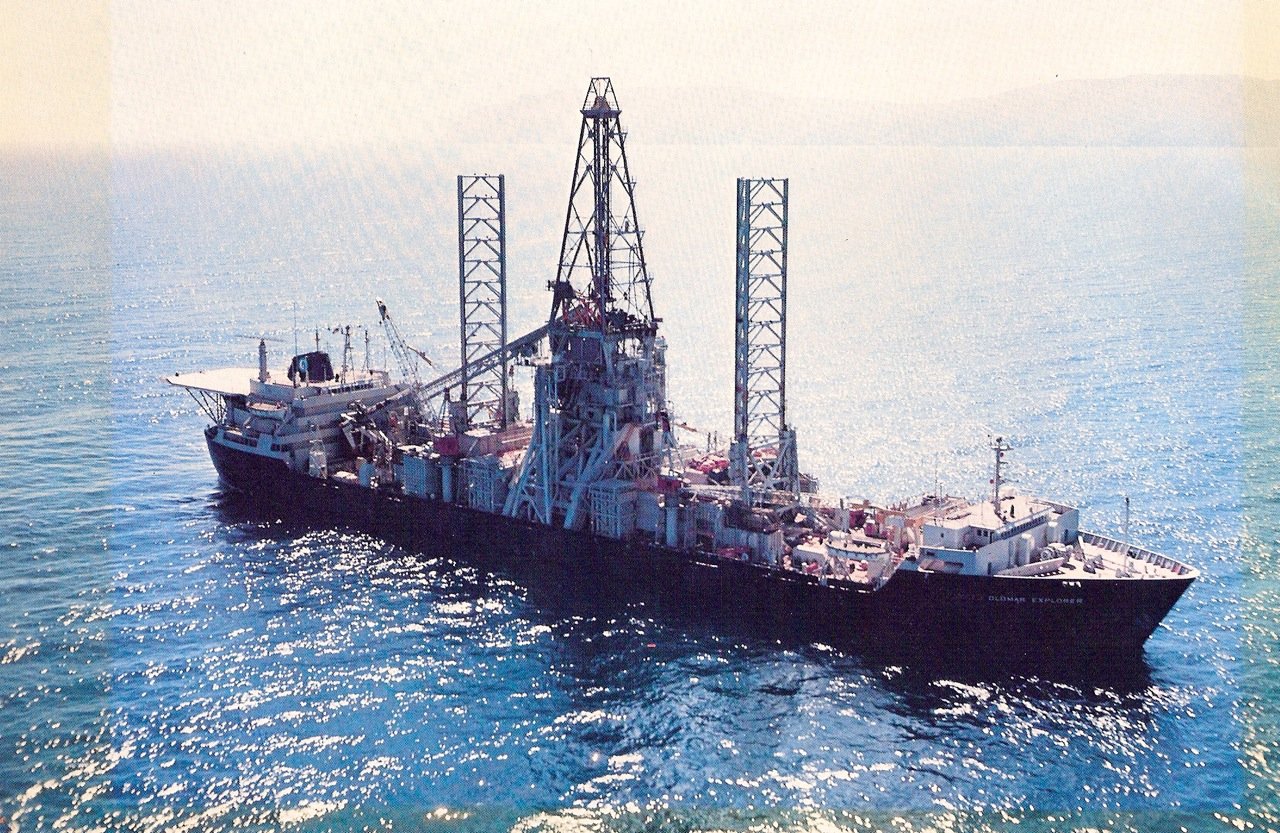
The Hughes Glomar Explorer was used to salvage Soviet submarines.
The Soviet submarine K-129 sank in 1968. US intelligence believed that Soviet officials did not know the exact location of the submarine, after a two-month search. Using acoustic tracking technology, Washington located the sinking, but it took the US six years to prepare the plan and equipment for the elaborate operation, called "Project Azorian," according to Popular Mechanics .
6 years of preparation
It all started in July 1969, when the CIA sought the help of American billionaire Howard Hughes. Few people expected the billionaire to support the mission of building a giant ship to take to the Pacific to mine the rest of the manganese, but then everyone was surprised when Hughes Glomar Explorer began construction in 1971.
Articles about the ship were very detailed, from the ship's construction site in Chester, Pennsylvania, to the information that the ship had to pass through the Strait of Magellan in South America to enter the Pacific Ocean because it did not fit through the Panama Canal.
From the US Navy's secret mission to finding the wreck of the Titanic
“The level of detail, scale and audacity of the project was astonishing,” said Andrew Hammond, curator of the International Spy Museum (USA). “It took years of patient work. There was so much to think about and the stakes were so high, as we were essentially stealing Soviet submarines from the bottom of the ocean.”
By 1970, CIA engineers and shipbuilders determined the only way to recover the submarine was with a heavy winch. The keel was laid in 1971, and the Glomar's machinery was specially designed to match its size. The completed vessel resembled a mobile oil rig, with a pipe-handling crane, two high platforms, a central platform that would open and close the wellhead, and a claw-like clamping system that would be the "arms" to recover the submarine. The transportation of the specialized equipment was also done in secret in California.
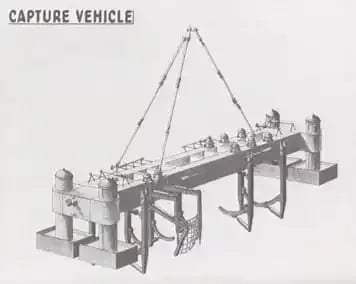
The hook was used to salvage the submarine K-129.
The arduous mission
The Glomar arrived at the wreck site on July 4, 1974. About 200 crew members spent weeks on the salvage mission. However, the submarine was not easy to operate under Soviet surveillance.
"Imagine you see a Soviet ship coming up close, watching, taking pictures, it makes it difficult to concentrate. You can't rule out the possibility that something bad is going to happen," Mr. Hammond said.
The Soviets sent surveillance ships, including a tugboat, to anchor near Glomar for two weeks. Soviet helicopters constantly circled the ship, and the crew had to load cargo boxes onto the helipad to prevent the risk of a Soviet landing. The CIA document mentions that "orders were being prepared to immediately destroy sensitive materials if the Soviets attempted to board the ship."
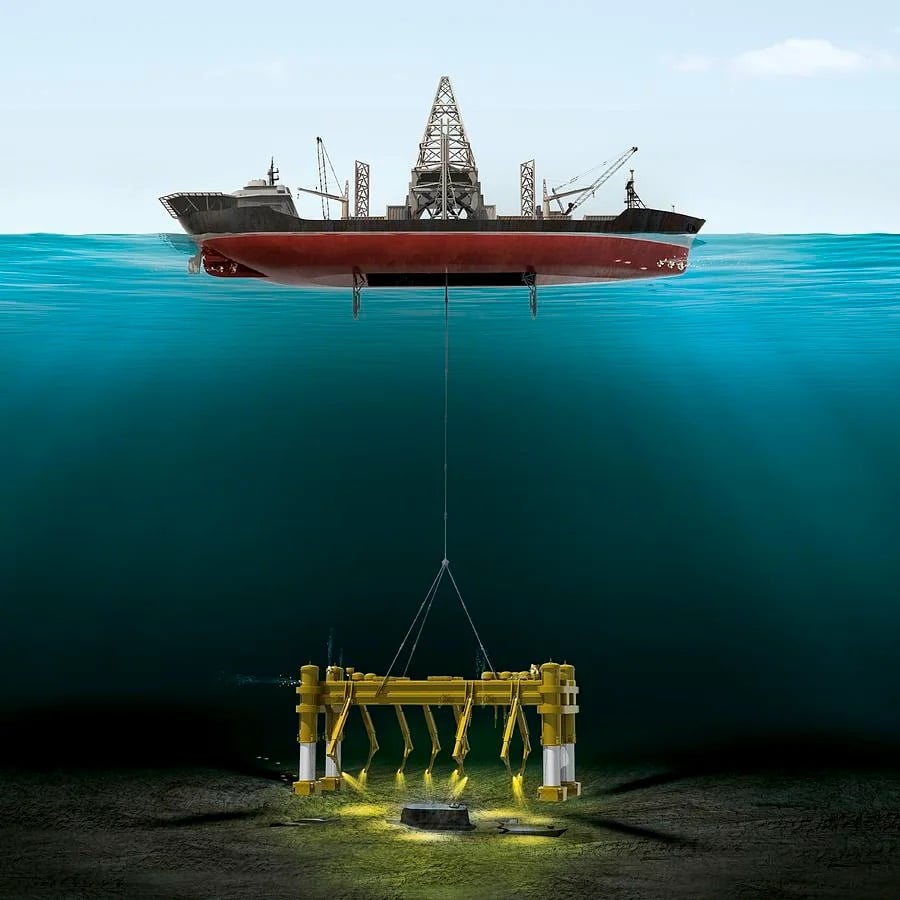
Illustration of the process of the Glomar dropping the hook to pull the submarine wreck
DEEP SEA MINING SCREENSHOT
Eventually, the ship was able to lower its tow hooks to pull the submarine up, but something went wrong. At 2,700 meters below the surface, the 100-meter-long submarine suddenly broke apart, with 30 meters of the front hull falling back to the seabed. The crew finally recovered part of the K-129 aboard the Glomar after eight days. Part of the wreckage was taken to the state of Hawaii for examination, but details of the submarine's documents have not yet been declassified.
The plan was exposed.
After six years of hard work, Project Azorian only achieved partial results. As the CIA began its second plan, the secret of the Glomar was gradually revealed.
During a break-in at Howard Hughes’s Los Angeles office, thieves obtained documents that linked the billionaire and the Glomar to the CIA. Initially, some reporters deliberately kept this information from reaching the public. But in February 1975, the Los Angeles Times linked Hughes to the CIA and the Glomar, exposing the plan. The Gerald Ford administration prevented the CIA from carrying out similar missions.
Soviet pilot who stole MiG-25 fighter jet and defected has died
“While Project Azorian did not achieve all of its objectives, it was one of the greatest intelligence thefts of the Cold War,” the CIA wrote in a post. “It advanced the technology for deep-sea mining and the development of heavy lifting equipment.”
Mr. Hammond said that if Soviet intelligence was famous for its human element, then technology was the superiority of American intelligence, and the Glomar project was a typical example. This incident also gave rise to the term "Glomar response", with the popular CIA saying: "We neither confirm nor deny".
The Glomar then carried out some ocean mining operations, before being purchased by an oil company and refitted to produce oil until 2015. Items used in the submarine salvage plan are on display in the museum.
Source: https://thanhnien.vn/ly-ky-ke-hoach-de-cia-danh-cap-tau-ngam-lien-xo-185240525102248547.htm



![[Photo] Solemn opening of the 8th Congress of the Central Public Security Party Committee, term 2025-2030](https://vphoto.vietnam.vn/thumb/1200x675/vietnam/resource/IMAGE/2025/10/4/f3b00fb779f44979809441a4dac5c7df)

![[Photo] General Secretary To Lam attends the 8th Congress of the Central Public Security Party Committee](https://vphoto.vietnam.vn/thumb/1200x675/vietnam/resource/IMAGE/2025/10/4/79fadf490f674dc483794f2d955f6045)
![[Photo] Bustling Mid-Autumn Festival at the Museum of Ethnology](https://vphoto.vietnam.vn/thumb/1200x675/vietnam/resource/IMAGE/2025/10/4/da8d5927734d4ca58e3eced14bc435a3)




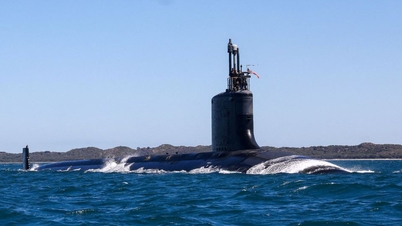
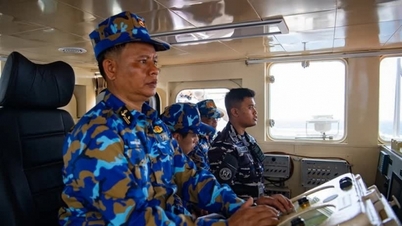














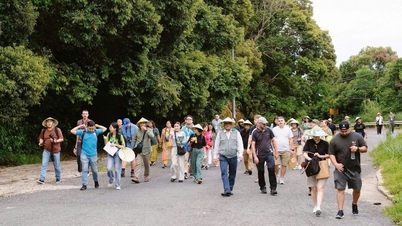




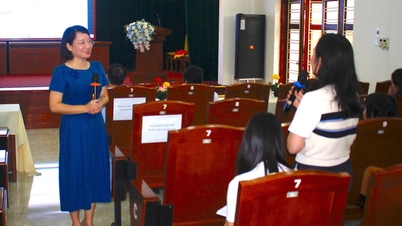




























![[VIDEO] Summary of Petrovietnam's 50th Anniversary Ceremony](https://vphoto.vietnam.vn/thumb/402x226/vietnam/resource/IMAGE/2025/10/4/abe133bdb8114793a16d4fe3e5bd0f12)
![[VIDEO] GENERAL SECRETARY TO LAM AWARDS PETROVIETNAM 8 GOLDEN WORDS: "PIONEER - EXCELLENT - SUSTAINABLE - GLOBAL"](https://vphoto.vietnam.vn/thumb/402x226/vietnam/resource/IMAGE/2025/7/23/c2fdb48863e846cfa9fb8e6ea9cf44e7)
















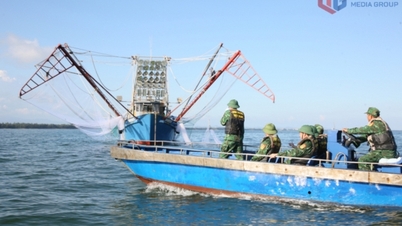














Comment (0)